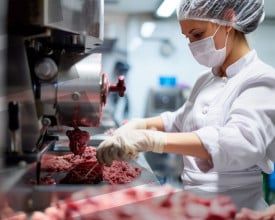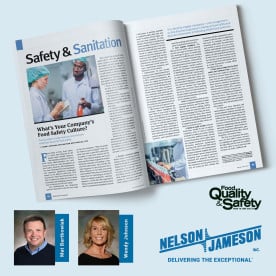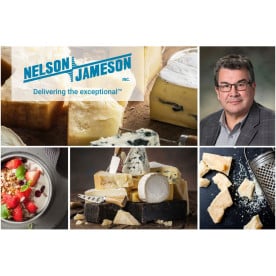Monthly Archives: January 2013
- January 23, 2013
Material Safety Data Sheets (MSDS) are quite familiar to anyone working with hazardous chemicals in such environments as: labs, distribution warehouses, food operations, etc. The sheets describe “the physical and chemical properties, physical and health hazards, routes of exposure, precautions for safe handling and use, emergency and first-aid procedures, and control measures.” OSHA cites that these documents, along with labels and training in the workplace, are key elements in maintaining proper handling of hazardous materials in the workplace. It is also essential that employees are familiar with MSDS documents and know where to find them in your operation.
- January 09, 2013
In the food industry and in food safety, accuracy is key. To be able to sample, test, and conduct other lab-related operations on-site or via a third-party lab, is no longer
- January 03, 2013
MARSHFIELD, WI, January 3, 2013 – To better serve their customers, Nelson-Jameson, Inc. will begin construction this spring on a warehouse addition at their headquarters in Marshfield, Wisconsin.
Ground was broken in early December 2012 on a 20,000 square foot warehouse addition with completion expected in early fall of 2013. The expansion will be connected to the existing warehouse and will be the same height (40 feet) with narrow aisle stacking. This addition will bring the total warehouse space in Marshfield to approximately 2.2 million cubic feet.
“I believe strongly that this additional space will greatly enhance our efficiency in our Marshfield location,” said Jerry Lippert, President, Nelson-Jameson, Inc.
Nelson-Jameson, Inc. has further warehouse space at the branch locations in California, Idaho, Pennsylvania, and Texas.
Nelson-Jameson, Inc. has been an integrated supplier for the food industry since 1947. Product lines include





